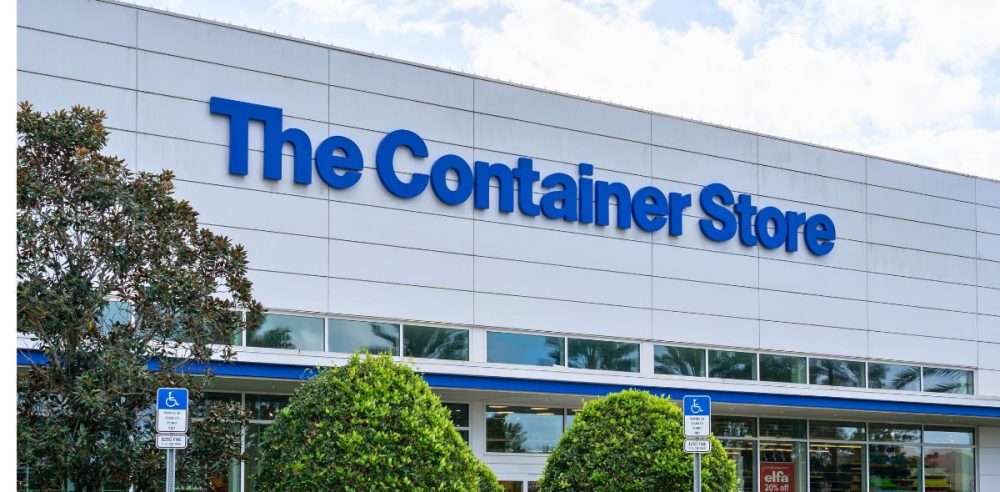The Container Store, a Texas-based retailer specializing in storage and organizational products, has filed for bankruptcy protection as it grapples with financial challenges and a shifting retail landscape.
Founded in 1978, the company became synonymous with stylish storage solutions but has recently faced mounting losses and a cash flow crisis, reported WFAA. Filing under Chapter 11, the Coppell-headquartered retailer aims to restructure while continuing its operations. The announcement follows a difficult period marked by declining sales, increasing competition from retail giants like Walmart and Target, and the added strain of a challenging housing market.
The decision to seek bankruptcy protection comes as elevated mortgage rates and soaring home prices stifle demand for home goods, a core segment for The Container Store. With consumers prioritizing essential spending, the company struggled to maintain its foothold in the market.
Compounding its woes, the New York Stock Exchange suspended trading of the company’s shares earlier this month after it failed to meet the exchange’s minimum market capitalization requirement of $15 million, per WFAA. This marked a significant blow for a company that had once thrived on its innovative approach to retail.
Despite efforts to stabilize, The Container Store faced setbacks in securing additional capital. Last month, a potential partnership with Beyond Inc., the parent company of Overstock, Zulily, and the remnants of Bed Bath & Beyond, collapsed. The deal, which would have included a $40 million cash infusion, fell apart after The Container Store couldn’t meet financing conditions.
While The Container Store plans to keep its doors open during restructuring, the road ahead remains uncertain. Chapter 11 bankruptcy will allow the company to renegotiate its debts and potentially find a path to profitability. However, the challenges of competing with larger, more diversified retailers and adapting to the growing dominance of e-commerce remain formidable. Industry experts suggest the company must innovate and streamline its operations to survive in an increasingly competitive retail market.


